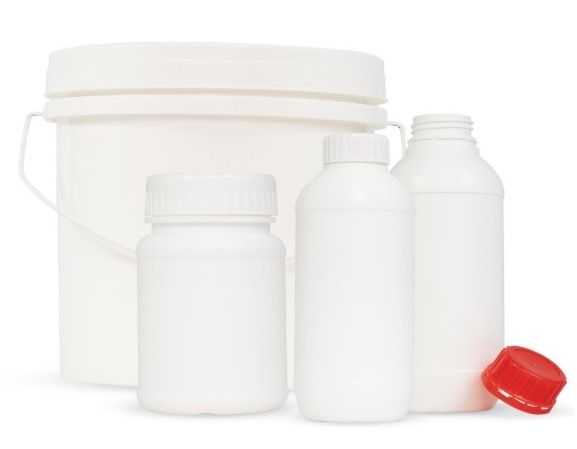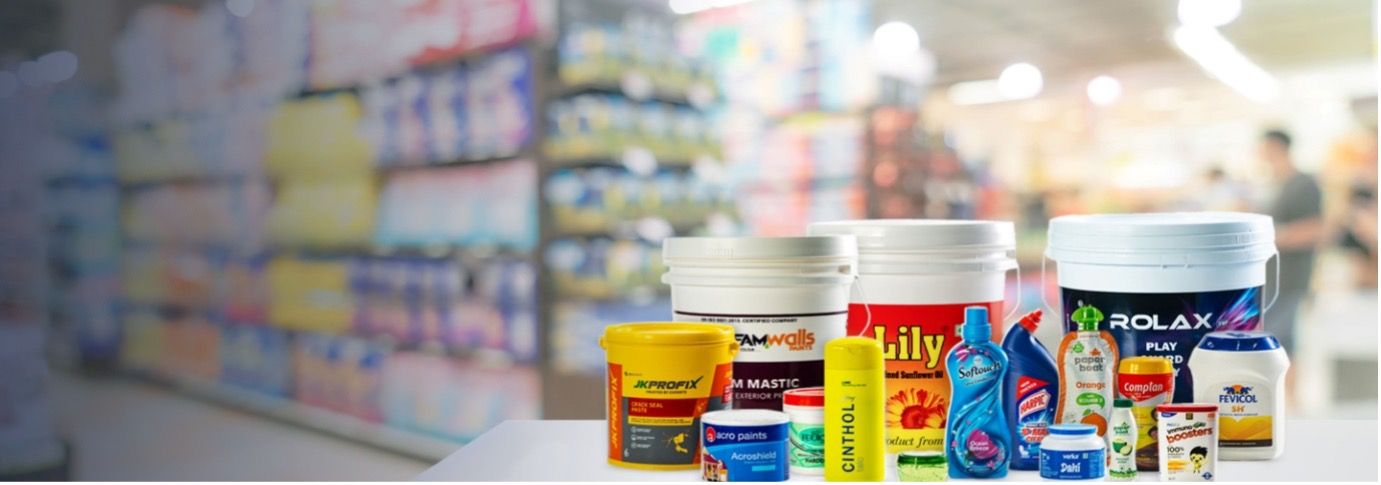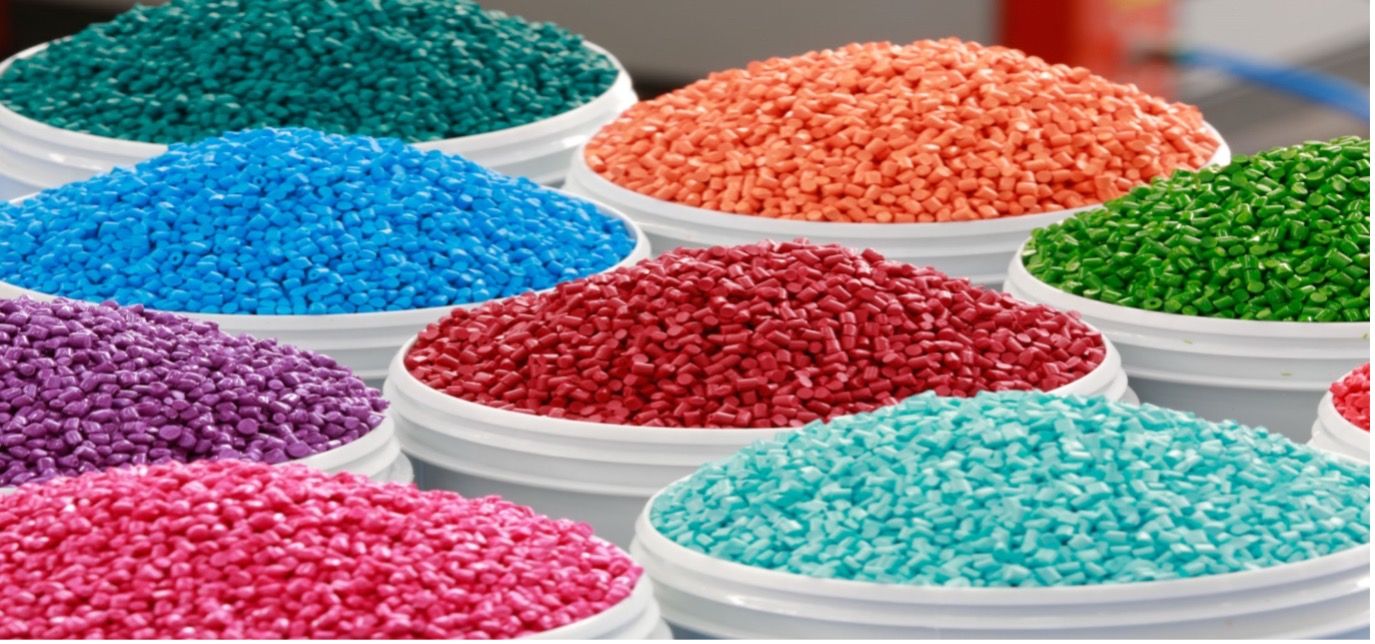Blogs >
In-Depth Analysis of Rigid Plastic Packaging Trends


3 minutes read
Today, packaging is second only to energy consumption in its role in shaping the current and future state of the earth. The global packaging industry is experiencing significant shifts, particularly within the realm of rigid plastic packaging. This segment, known for its versatility, durability, and lightweight properties, is crucial for preserving products and enhancing consumer convenience. In this detailed blog, we delve deeper into the seven pivotal trends defining the rigid plastic packaging market in 2024.
Share :
Sustainability Takes Centre Stage

The growing environmental awareness among consumers and stringent regulations have pushed sustainability to the forefront of the packaging industry. Companies are increasingly utilizing recycled materials and developing biodegradable options. The introduction of circular economy initiatives, where materials are continuously reused and recycled, is becoming more common. For instance, PET plastic, widely used for bottles, is now being recycled more efficiently, reducing the carbon footprint. Additionally, innovations in bio-based plastics, made from renewable resources like corn starch and sugarcane, are gaining traction. These materials offer similar properties to traditional plastics but with a significantly lower environmental impact.
Lightweighting for Efficiency

Lightweighting, the process of reducing the weight of packaging without sacrificing strength or functionality, is another critical trend. This approach helps conserve raw materials and lower transportation costs, ultimately reducing the carbon footprint. Advanced engineering techniques and material sciences have enabled manufacturers to create thinner, yet robust packaging solutions.
Innovations in Design and Shape

Innovative design and unique shapes in rigid plastic packaging are enhancing both aesthetics and functionality. Creative packaging designs not only improve shelf appeal but also offer practical benefits like ease of use and improved product protection. For instance, ergonomic designs that fit comfortably in hand or resealable lids that preserve product freshness are becoming standard requirements for all. These design innovations are crucial for differentiating products in a crowded marketplace, making your product stand out on the shelves and meeting consumer expectations for convenience and usability.
Barrier Technologies for Extended Shelf Life

The incorporation of advanced barrier technologies in rigid plastic packaging is critical for extending product shelf life. These barriers protect products from environmental factors like moisture, oxygen, and light, which can degrade quality. For instance, multi-layered plastics with specialized coatings are used in food and pharmaceutical packaging to maintain freshness and efficacy. This is particularly important for perishable goods, where preserving product integrity directly impacts consumer satisfaction and safety.
Personalization and Customization

The trend towards personalization and customization in packaging is driven by the desire to connect more closely with consumers. Digital printing technologies allow brands to create unique packaging designs tailored to specific audiences or campaigns. This approach supports smaller production runs and rapid market responsiveness. This trend reflects the broader move towards a more consumer-centric market where individual preferences and experiences are highly valued.
E-commerce-Friendly Packaging

The exponential growth of e-commerce has significantly influenced packaging design, particularly in the realm of rigid plastics. Packaging solutions are now being developed to withstand the physical demands of shipping, including drops and impacts. Secure closures, tamper-evident seals, and stackable designs are essential features for ensuring products arrive intact. Moreover, the focus on reducing packaging size and weight helps lower shipping costs and environmental impact. This trend underscores the need for robust, reliable packaging that can navigate the complexities of global e-commerce logistics.
The rigid plastic packaging market in 2024 is characterized by a dynamic interplay of sustainability, innovation, and consumer-centricity. Companies that embrace these trends are well-positioned to meet the evolving demands of both consumers and regulatory bodies. By prioritizing eco-friendly practices, integrating advanced technologies, and focusing on consumer needs, the industry can achieve significant strides in efficiency, functionality, and environmental responsibility. As we move forward, rigid plastic packaging will continue to play a pivotal role in shaping a sustainable and connected future for the global packaging ecosystem.